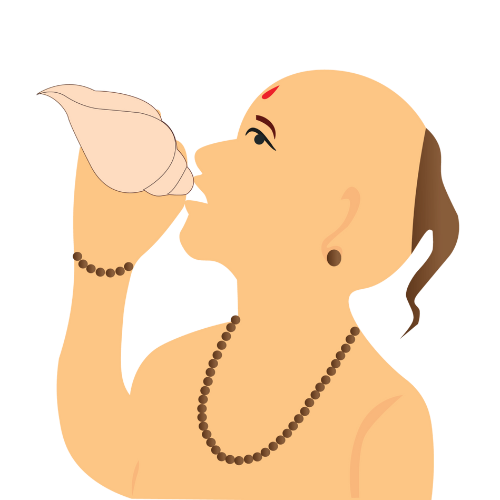Ajit Singh
July 26, 2025
Like
0 people liked this
1 people shared this
Chaitra Navratri 2025: Know the dates & how to perform puja

Chaitra Navratri is a vibrant Hindu festival celebrated with great enthusiasm across India. It marks the beginning of the Hindu lunar New Year and typically falls in the month of Chaitra (March-April) according to the Hindu calendar. The festival spans nine days and nights, hence the name "Navratri," which translates to "nine nights" in Sanskrit. In 2025, Chaitra Navratri begins on March 30 and ends on April 6th, culminating in Rama Navami, the celebration of Lord Rama's birth.
The Origin Story of Chaitra Navratri
Chaitra Navratri’s story begins in the ancient annals of Hindu mythology, where the forces of good and evil clashed in a cosmic showdown. The Devi Mahatmya, a revered text, narrates the tale of Mahishasura—a demon who terrorized the heavens after gaining near invincibility from Lord Brahma. No god could defeat him, so the divine powers united to create Goddess Durga, a radiant warrior born from their collective energy. For nine days and nights, she battled Mahishasura, her weapons clashing against his brute strength. On the tenth day, she emerged victorious, piercing his heart and restoring balance to the universe. This triumph is the heartbeat of Navratri, a reminder that light always prevails.
Beyond mythology, Chaitra Navratri ties into India’s agrarian roots. Celebrated in the month of Chaitra (March-April), it coincides with spring’s arrival—a time when fields bloom and harvests begin. Ancient communities saw this as a moment to honor the divine feminine, the life-giving Shakti that mirrors nature’s resurgence. The festival also intertwines with Lord Rama’s legacy, as the ninth day, Rama Navami, celebrates his birth, adding another layer of devotion to this sacred period.
Chaitra Navratri 2025: Key Dates
- March 30: Shailaputri Puja (Day 1)
- March 31: Brahmacharini Puja (Day 2)
- April 01: Chandraghanta Puja (Day 3)
- April 02: Kushmanda Puja (Day 4) & Skandamata Puja (Day 5)
- April 03: Katyayani Puja (Day 6)
- April 04: Kalaratri Puja (Day 7)
- April 05: Mahagauri Puja (Day 8)
- April 06: Siddhidatri Puja and Rama Navami (Day 9)
The festival kicks off with Ghatasthapana—the sowing of seeds in a sacred pot—and ends with celebrations of victory and birth, uniting Durga’s power with Rama’s righteousness.
Why Chaitra Navratri Matters
Chaitra Navratri is a festival of layers, weaving together spiritual, cultural, and natural threads:
- Nine days of fasting, prayer, and meditation cleanse the body and mind, aligning devotees with the virtues of each Navdurga form—be it strength, purity, or knowledge.
- Durga’s victory over Mahishasura echoes a timeless truth: good conquers evil, offering hope in turbulent times.
- This festival exalts the divine feminine, celebrating the nurturing and fierce aspects of womanhood that sustain life.
- As nature awakens, Chaitra Navratri mirrors this renewal, encouraging new goals and gratitude for abundance.
- The culmination on Rama Navami ties the festival to Lord Rama’s ideals of duty, honor, and devotion, enriching its spiritual depth.
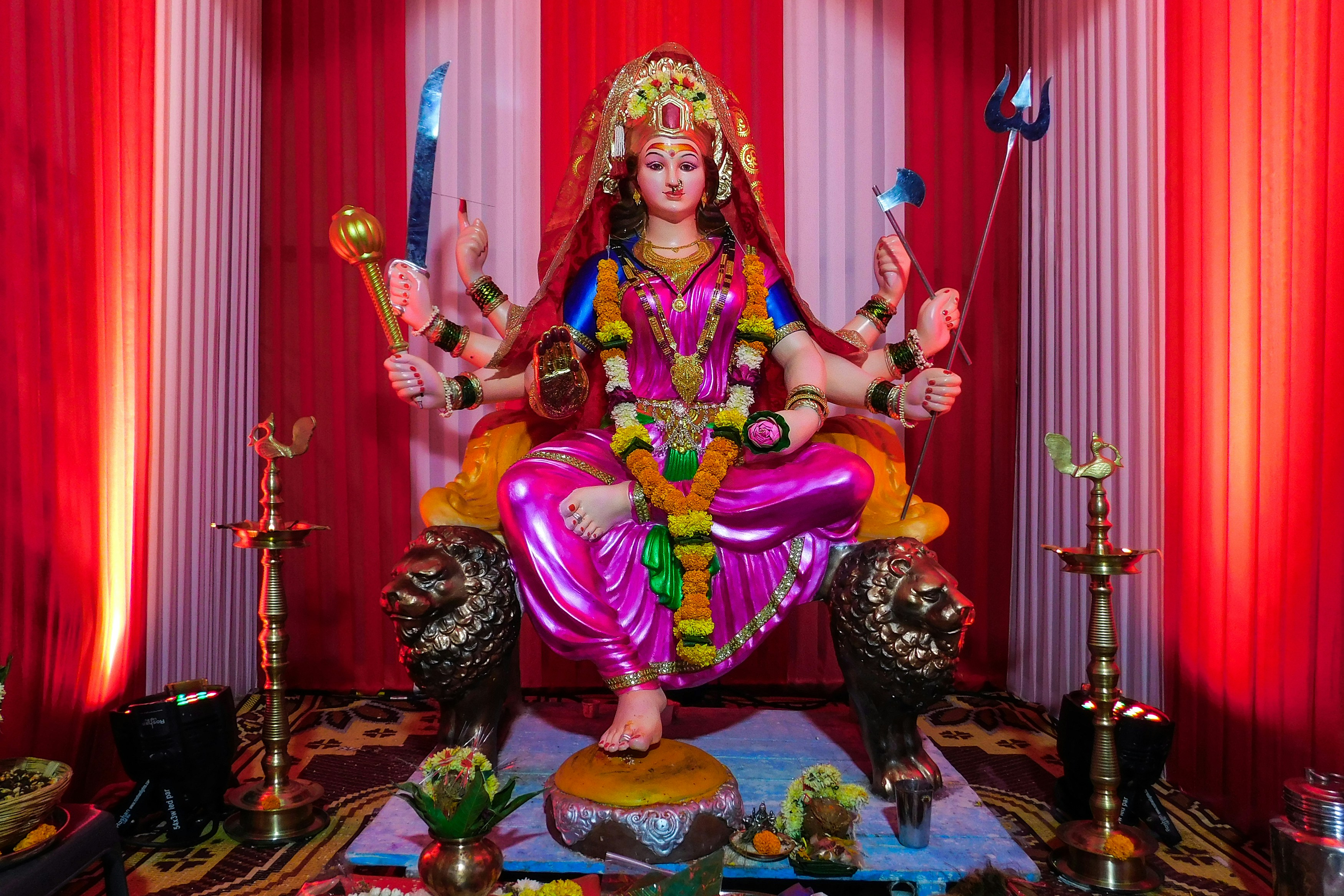
Nine Faces of Divinity: The Navdurga
Each day of Chaitra Navratri honors a distinct form of Goddess Durga, collectively called Navdurga. Here’s who they are and what they represent:
- Shailaputri: The mountain’s daughter, symbolizing resilience, rides a bull with a trident in hand.
- Brahmacharini: The seeker of truth, she walks the path of austerity, holding a rosary and water pot.
- Chandraghanta: With a bell-shaped moon on her forehead, she blends serenity with valor atop a tiger.
- Kushmanda: The cosmic creator, her smile birthed the universe; she rides a lion with eight arms.
- Skandamata: Kartikeya’s mother, she embodies love and protection, cradling her son on a lion.
- Katyayani: Born to defeat evil, this warrior goddess wields a sword with fierce determination.
- Kalaratri: The dark, fearsome destroyer of ignorance, she rides a donkey with a blazing gaze.
- Mahagauri: Radiant and pure, she washes away sins, seated gracefully on a bull.
- Siddhidatri: The bestower of spiritual gifts, she grants enlightenment from her lotus throne.
Rituals and Traditions
The festival unfolds through rituals that blend devotion with tradition:
- Ghatasthapana: A clay pot filled with water and adorned with a coconut is placed on the first day, symbolizing the goddess’s presence. Barley seeds sown nearby sprout as a sign of blessings.
- Fasting: Devotees abstain from grains and non-vegetarian food, opting for fruits, nuts, or dishes like sabudana khichdi and kuttu ki puri.
- Puja and Aarti: Daily worship involves offerings of flowers, sweets, and incense, accompanied by mantras and songs praising Durga.
- Kanya Pujan: On Day 8 or 9, young girls are revered as living forms of the goddess, fed, and gifted tokens of appreciation.
- Rama Navami Celebrations: The ninth day honors Lord Rama with prayers, Ramayana readings, and temple festivities.
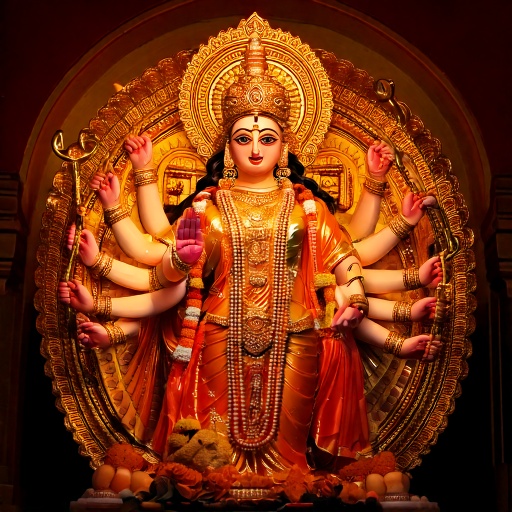
Booking a Pandit Ji with pujaPurohit
Booking a Pandit Ji through the pujaPurohit" platform offers a seamless and reliable solution for anyone seeking to perform Hindu rituals and ceremonies, such as those during Chaitra Navratri 2025 or other significant occasions. We stand out for our convenience, providing access to experienced and verified pandits in cities like Bangalore, Delhi-NCR, Mumbai, Pune, and Kolkata, among others. Whether you need a pandit for a Griha Pravesh, Satyanarayan Puja, wedding ceremony, or any festive ritual, we ensure that the process is hassle-free, with pandits arriving on time, well-versed in Vedic traditions, and equipped with all necessary puja samagri. Book Pandit Ji for Navratri Puja Now!
More Articles
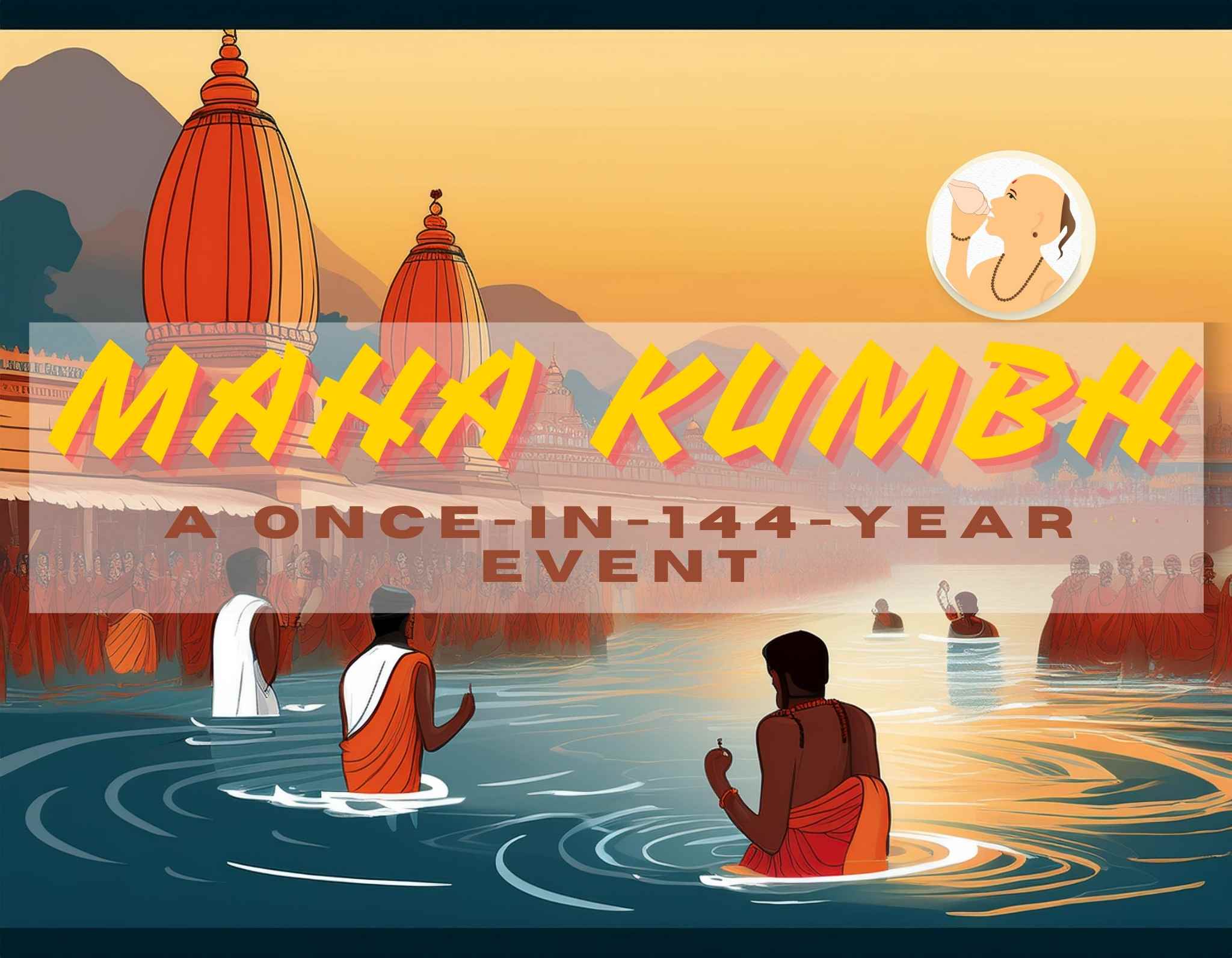
Why Is the Maha Kumbh 2025 the Most Special Event in 144 Years?
by Ajit Singh | 854 views

रक्षाबंधन 2023: राखी कब है 30 या 31 अगस्त? जानें समय, तिथि और बहुत कुछ।
by Vivek Shukla | 491 views
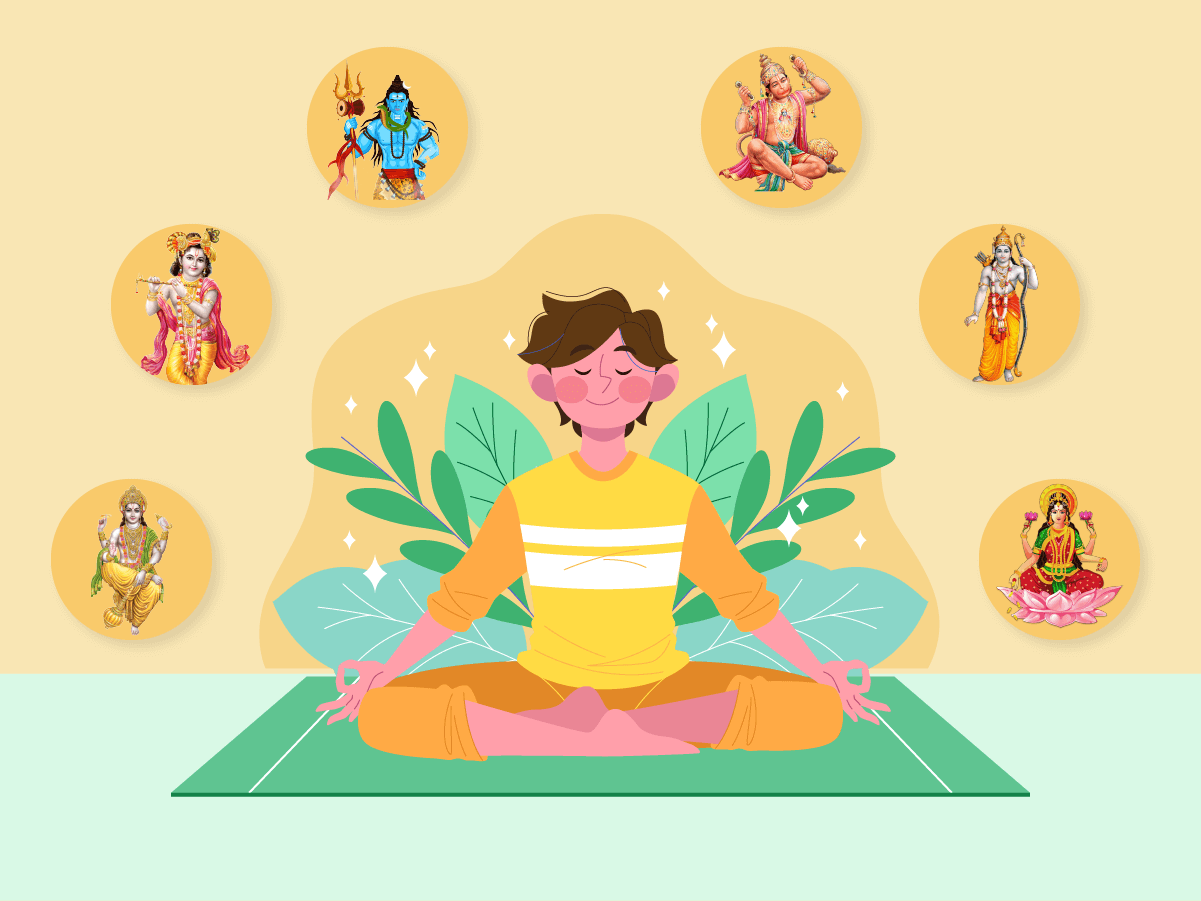
Divine Guardians of Sanatan Dharma: Kuldevta, Gram Devta, and Ishta Devta
by Ajit Singh | 2576 views
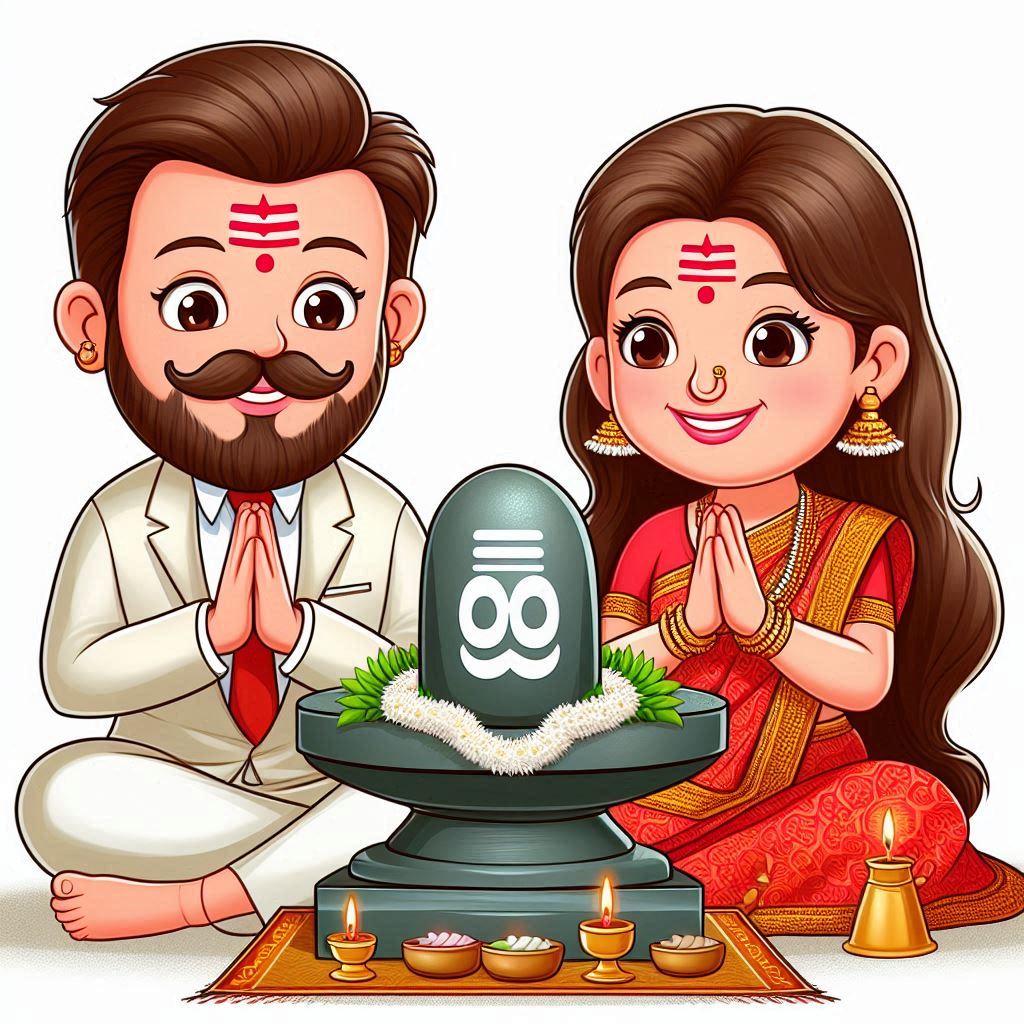
सावन 2024: तिथियां, अनुष्ठान और ऑनलाइन पंडित बुकिंग की पूरी जानकारी
by Vivek Shukla | 1820 views
Like
0 people liked this
1 people shared this
More Articles

Why Is the Maha Kumbh 2025 the Most Special Event in 144 Years?
by Ajit Singh | 854 views

रक्षाबंधन 2023: राखी कब है 30 या 31 अगस्त? जानें समय, तिथि और बहुत कुछ।
by Vivek Shukla | 491 views

Divine Guardians of Sanatan Dharma: Kuldevta, Gram Devta, and Ishta Devta
by Ajit Singh | 2576 views

सावन 2024: तिथियां, अनुष्ठान और ऑनलाइन पंडित बुकिंग की पूरी जानकारी
by Vivek Shukla | 1820 views
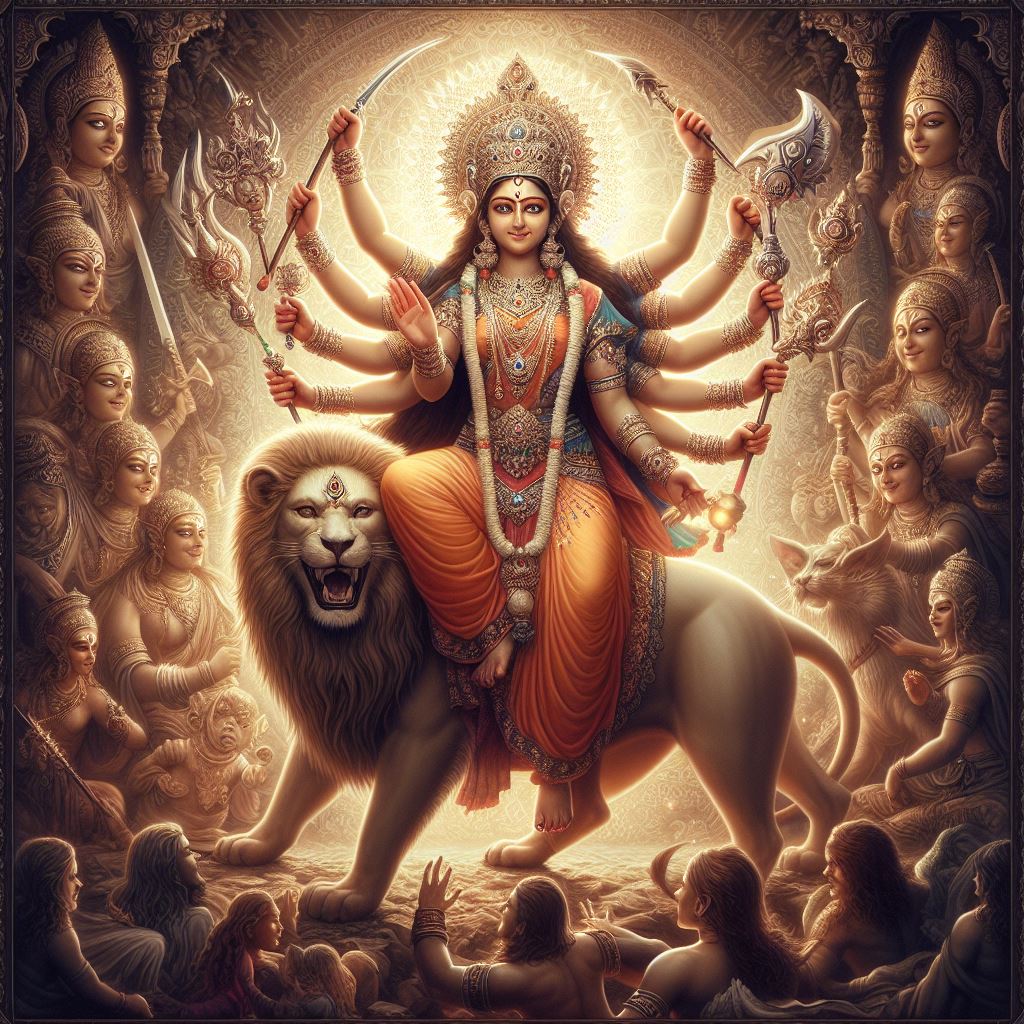
Chaitra Navratri 2024: Know the Dates & Mantras for Each Day, Book Purohit for Navratri Puja
by Vivek Shukla | 806 views
